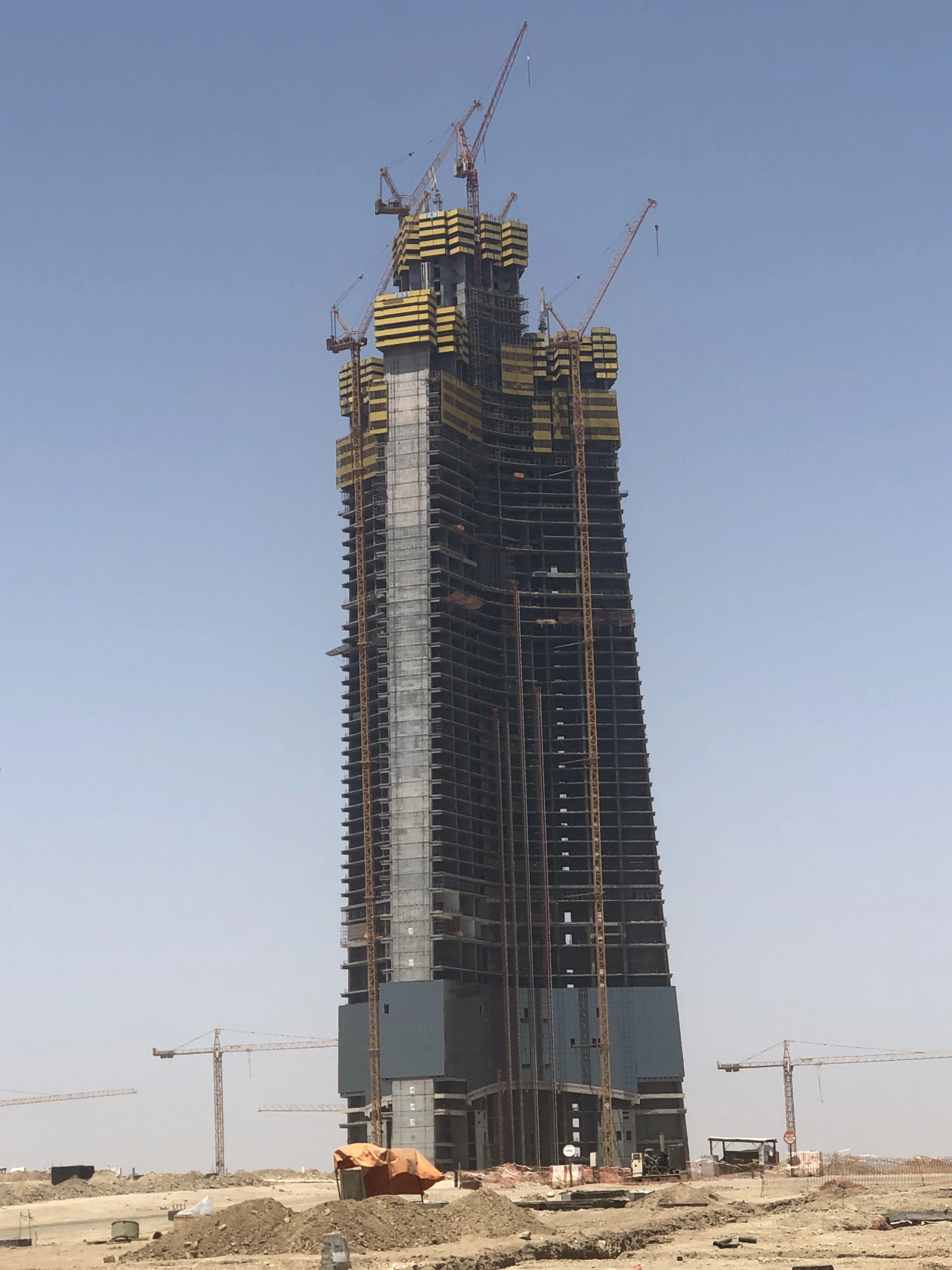New details have been revealed on what is arguably Saudi Arabia's most ambitious current architecture project: the world's new tallest skyscraper, which will rise to an incredible height of over 1 km (0.62 miles) in the Red Sea port city Jeddah.
First unveiled as the Kingdom Tower, the project went through a few names before settling on the Jeddah Economic Company Tower (or JEC Tower). It's designed by Adrian Smith + Gordon Gill, the former being most famous for designing the current world's tallest building, Dubai's Burj Khalifa, which reaches 828 m (2,716 ft).
Saudi Prince Al Waleed bin Talal Al Saud, who leads the project, has confirmed that the gigantic tower will reach a height of over 1 km (0.62 miles). However, he has also now said that its final height has not actually been decided and that it might even go taller. At a minimum then, this will put it at over twice the height of the Empire State Building, and almost twice the height of the USA's tallest skyscraper, the One World Trade Center.
Work on this unprecedented project had stalled for several years but now that it's back underway, concrete is currently being poured on the 64th floor. The floors are expected to be concreted in four days each, meaning we should see significant progress in a relatively short time. The Saudi PRince also explained that currently the concrete can be pumped to a height of 800 m (2,624 ft), but that the firms involved are working on increasing this up to 1,000 m (3,280 ft).

Once complete, the skyscraper's cavernous interior will include 59 elevators and 157 floors. It will boast the world's highest observation point, as well as a luxury hotel, lots of office space, and very high-end residences.
It has also been revealed that it is phase one of a larger planned development in the area that will include hospitals, schools, universities and homes, with other towers and smaller buildings planned too, as well as housing for up to 100,000 people.
The JEC Tower is still on track for a 2028 completion. It's easy to imagine this slipping a little, but not by too much, as it's part of the Saudi Vision 2030 plan to diversify the oil-rich kingdom's economy, along with phase one of the Line, the Mukaab and others, so has a hard deadline.
Sources: Kingdom Holding Company, Prince Al Waleed bin Talal Al Saud






